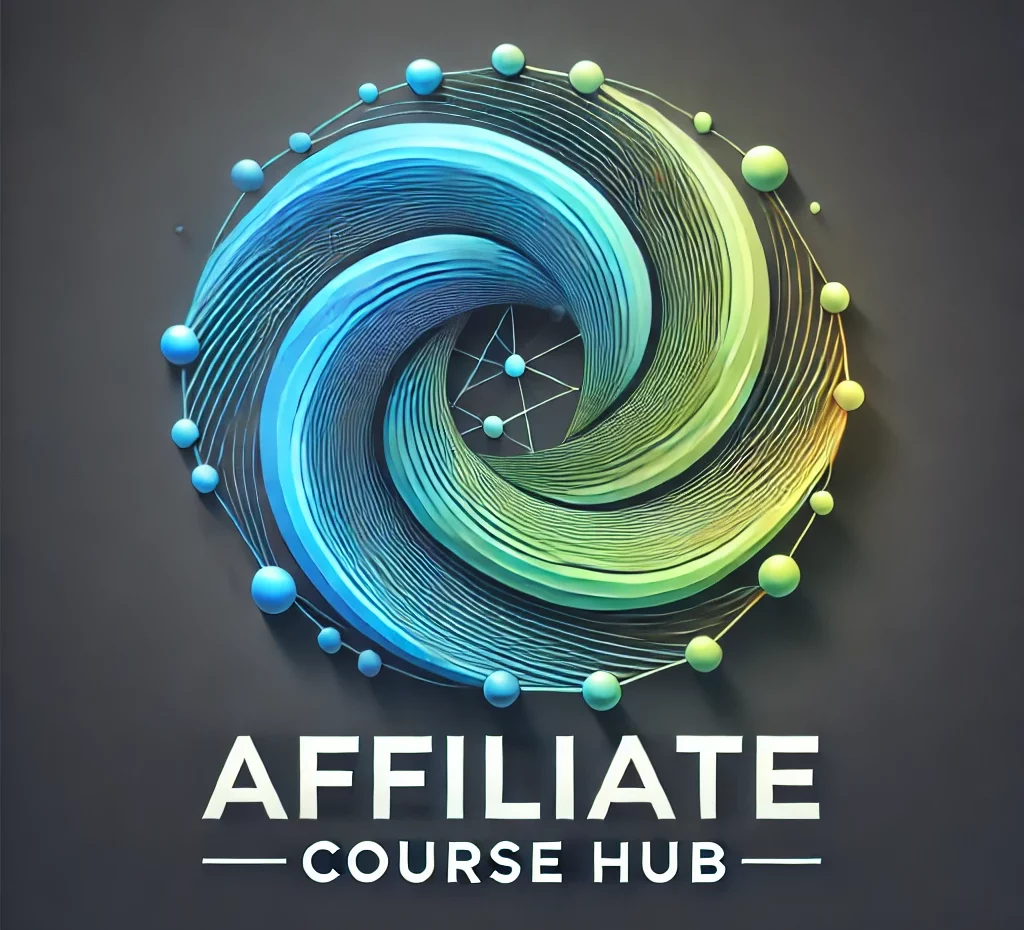SEO is more than just a tool for visibility. It’s a crucial part of reaching the right audience in the vast sea of the internet. For e-learning platforms, this means tapping into the power of search engines to connect with eager learners who are looking for your courses.
E-learning sites have their own unique needs when it comes to SEO. Unlike typical business websites, these sites need to cater to learners across different demographics, languages, and educational backgrounds. This requires a thoughtful approach, prioritizing educational value while optimizing for search engines.
On-page SEO refers to the optimization of content and HTML source code within your site. This involves using the right keywords, creating informative metadata, and ensuring responsive design. Off-page SEO, on the other hand, involves outside methods like building backlinks. Local SEO can be important too, especially if you’re targeting certain geographical areas. It’s about making sure your site turns up when people nearby search for relevant courses.
By grasping these fundamental concepts, you’re setting the foundation for a site that not only ranks well but genuinely caters to those seeking to learn from you.
Creating People-First Content with E-E-A-T in Mind
Crafting content that resonates with an audience is about more than just using the right keywords. It’s also about delivering value and ensuring your website stands as a reliable source of information. E-E-A-T—experience, expertise, authoritativeness, and trustworthiness—forms the bedrock of this approach in the SEO world.
Balancing the need to inform and the need to rank highly on search engines sounds tricky, but it’s achievable with the right strategies. The focus should always be on the user by prioritizing educational value and user experience. When content speaks directly to the learners’ needs and queries, it naturally gains visibility, as search engines prioritize useful and relevant information.
E-E-A-T principles can be intertwined with SEO practices by showcasing the expertise of course creators. This can be through detailed author bios or case studies that highlight successful outcomes from courses. Authority is built over time, and having credible external references or collaborations will heighten trust.
User feedback is an underestimated goldmine of information. Analyzing feedback helps identify content gaps and understand what users love or dislike. This process not only helps with tailoring content more effectively but also aligns with the E-E-A-T philosophy by fostering a sense of community and engagement, tenets at the heart of a successful e-learning platform.
Specialized SEO Strategies for E-Learning Success
The world of e-learning demands a tailored approach to SEO, one that understands the nuances of an educational audience. Keyword research becomes a strategic tool here, moving beyond generic terms to focus on specific queries your potential learners might have. Understanding what students type into search engines when looking for courses helps in creating content that matches their intentions.
Optimizing course descriptions and landing pages with these targeted keywords enhances visibility. This isn’t just about sprinkling keywords everywhere but placing them strategically in titles, descriptions, and subheadings to aid search engines in understanding the relevance of your content.
Beyond text, multimedia content plays a crucial role in connecting with the audience and boosting your site’s SEO. Videos, infographics, and podcasts are not only engaging but also encourage visitors to stay longer, signaling to search engines the value of your content. Optimize these elements by adding descriptive alt text and transcripts where applicable, further improving accessibility and discoverability.
Leveraging user-generated content such as reviews, testimonials, and forums can significantly enhance SEO efforts. These demonstrate to search engines—and potential learners—that your platform is active and the community trusts its educational value.
With these specialized strategies, e-learning platforms can effectively enhance their online presence and attract the right audience, ultimately contributing to their growth and success.
Measuring Success and Adjusting SEO Strategies
Analyzing the effectiveness of SEO efforts is crucial to the ongoing success of any e-learning platform. By using analytics tools, you can track key metrics such as page views, bounce rates, and conversion rates. This data not only reveals how users interact with your site but also highlights areas for improvement.
Data-driven decision-making plays a pivotal role in refining SEO strategies. If certain keywords aren’t driving traffic, consider revisiting them or exploring alternatives. Keep an eye on user engagement and feedback, adapting content based on what resonates most with your audience.
The SEO landscape is constantly evolving, with search engines frequently updating their algorithms. Staying informed about these changes helps in adapting your strategies accordingly. Joining SEO communities, attending webinars, or following industry leaders can provide insights into the latest trends and techniques.
Continual learning is essential for maintaining a competitive edge. As new educational technologies and formats emerge, experiment with different content types and optimization methods to see what works best. Remember, SEO for e-learning is not a one-time effort but a continuous process of learning, adjusting, and growing.
By measuring your success and being open to change, you’re not only improving your SEO but also enhancing the overall experience for your learners. This ongoing effort maximizes your platform’s potential, helping it stand out in the crowded online education market.
